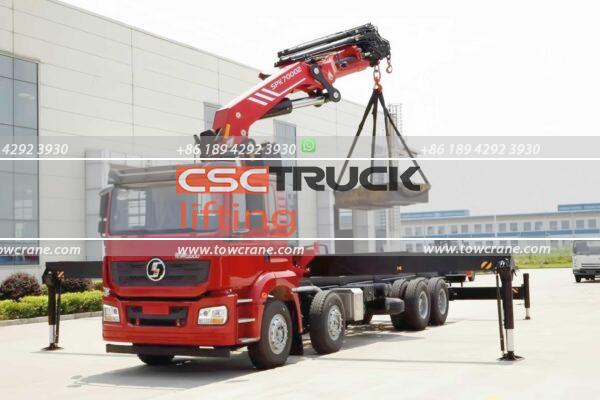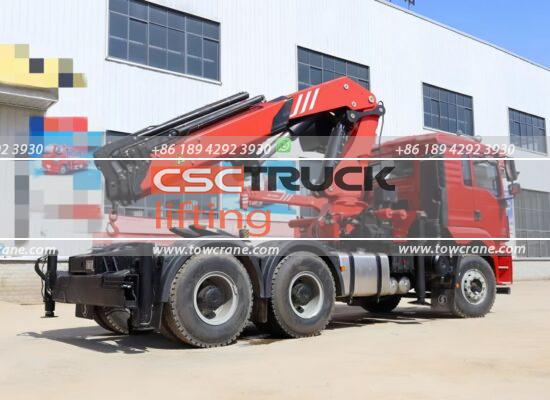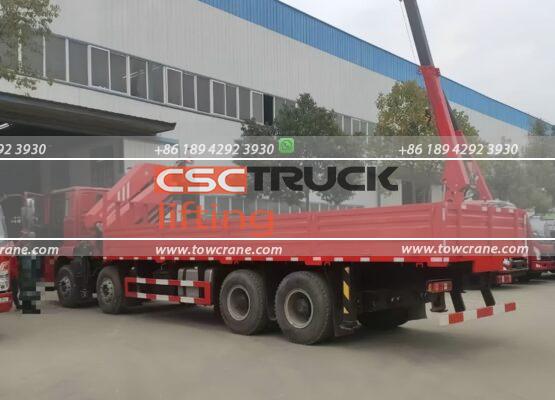With the increasing number of vehicles on the road, traffic violations and accidents are also on the rise, resulting in a higher demand for wreckers. If you are a new owner of a road wrecker and lack prior experience, it’s crucial to know what to consider on your first trip to ensure efficient and safe operation. Here are some essential tips to follow:

1. Prioritize Driving Safety:
- Always ensure your safety while driving. Familiarize yourself with various road conditions, which comes with experience. Even on unfamiliar roads, stay calm and maintain a composed driving attitude.
2. Stay Attuned to Vehicle Condition:
- Pay close attention to how your vehicle feels during each drive. Monitor the performance of the accelerator, brakes, clutch, lighting, and listen for any unusual noises. Being sensitive to these elements can help you detect and address potential issues promptly.
3. Learn Basic Maintenance and Repairs:
- Know how to perform basic maintenance tasks, such as safely using the car jack to change a spare tire, replacing and replenishing fluids, and regularly checking tire wear and pressure.

4. Understand the Dashboard and Controls:
- Familiarize yourself with the dashboard and various control buttons through the vehicle’s manual. Use the dashboard to monitor key metrics such as water temperature, oil temperature, fuel level, battery status, vehicle speed, and engine RPM. Pay attention to any warning signals from the dashboard and onboard computer.
5. Know Traffic Laws and Road Signs:
- Understanding traffic laws and road signs is crucial, especially in case of incidents like minor collisions. This knowledge will help you determine if any regulations were violated.
6. Familiarize Yourself with Vehicle Size and Performance:
- Understand the dimensions of your wrecker, including the position of the front and rear wheels, chassis height, clearance, acceleration, and braking performance. This knowledge is essential for making informed judgments about passing through narrow roads or safely overtaking other vehicles.

7. Proper Use of the Warning Triangle:
- Learn how to correctly use the warning triangle, including where to find it, how to open it, how far behind the vehicle to place it, and how to set it up. During wrecker operations or if your vehicle breaks down, place the warning triangle and turn on the hazard lights. On highways, ensure passengers exit the vehicle and move behind the guardrail.
8. Carry Essential Items:
- Always carry essential items such as a fire extinguisher, a first aid kit, two reflective vests, a multifunction flashlight, and other emergency supplies.
9. Keep Insurance Company Contact Information Handy:
- Save the insurance company’s phone number in your phone. In case of emergencies like dead batteries, running out of fuel, or flat tires, you can call for help. Many insurance companies offer free services such as jump-starting and fuel delivery.
By keeping these points in mind, you can ensure that your first trip with your newly purchased road wrecker is safe and efficient.









